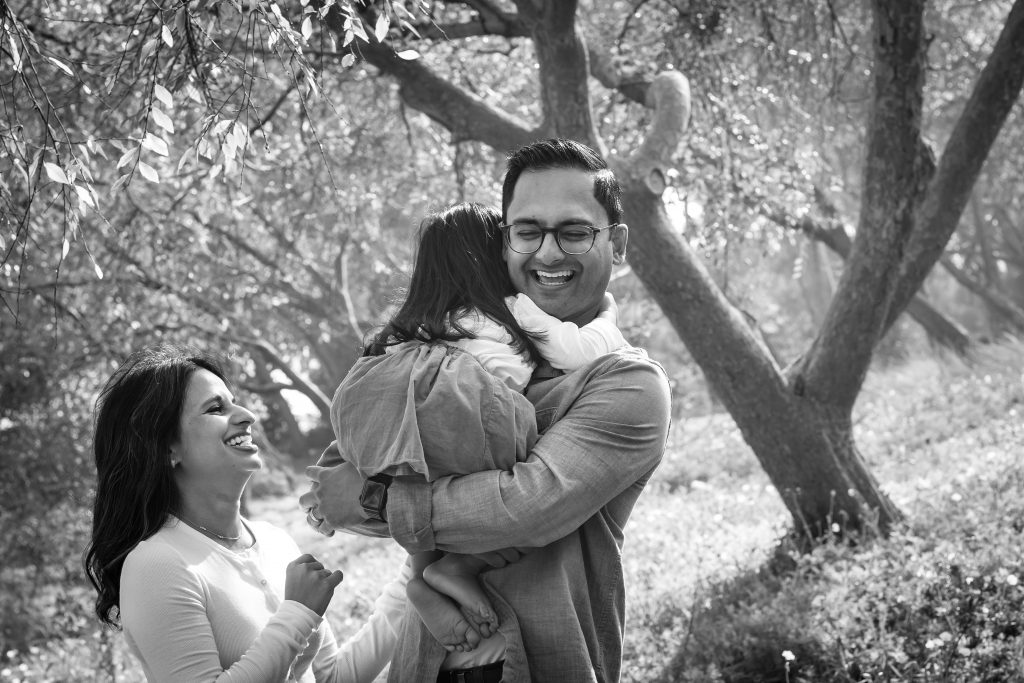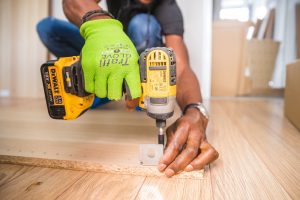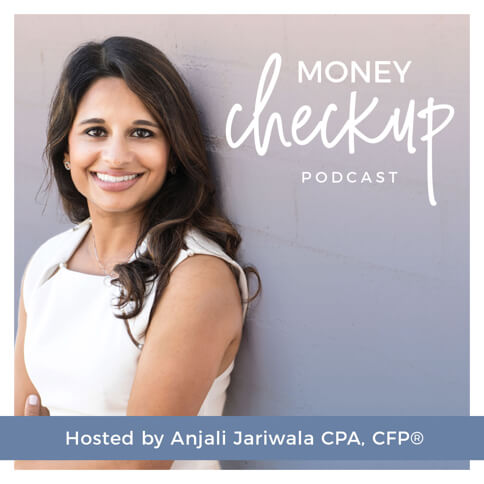In times like these, it’s important to use our platforms to help keep one another informed, especially if it’s information that can keep ourselves and others safe and healthy. My husband is a physician on the front lines and wrote about his thinking on how to reduce the risk of bringing the novel coronavirus home:
I started canceling our family’s travel plans as soon as I learned of the first case of COVID-19 in California from community transmission. On March 10, 2020, I sent an email to my friends and family to share the precautions we were taking, which I am now posting in this blog post. Much of it draws upon what I learned in medical school about sterile technique, a set of strict protocols that started being used in the 19th century in operating rooms to reduce post-operative deaths from bacterial infections. I am probably on the more cautious end of the spectrum, but hopefully you’ll get a few ideas for precautions that you feel make sense for you to take as well. Even if you are young and healthy, the goal is to protect our family members who are at higher risk. That includes anyone with heart disease, diabetes, asthma/COPD, obesity, and anyone over age 60. Heart disease is the biggest risk factor based on data from the outbreak in China. In part, this could be because being infected puts a big strain on the heart (like a stress test). Diabetes and older age are correlated with weaker immune responses.
The incubation period seems to be 2 – 10 days (probably around 5 days). What that means for me is that I need to take some precautions everyday since I am at high risk for getting exposed at the hospital. Going out in public should also warrant taking many precautions.
The length of time the virus can stay alive on hard surfaces is probably 3 or 4 days (the duration is shorter for cardboard and other surfaces). This is much longer than it is for influenza. This factor and the long incubation period of the novel coronavirus are two major factors making it so hard for us to take enough precautions.
Because I’m at high risk of being exposed at the hospital, I started taking the following measures to protect my family:
- Using a separate hand towel in the kitchen and bathroom
- I’m only using the guest bathroom (while my family members only use the master bathroom)
- Not sharing cups with my family (as we used to do).
- If anyone coughs near me outside the home, I hold my breath until I can get as far as possible (at least 6 feet away).
- Realize that every time you touch almost anything in public, your hands are potentially contaminated with the novel coronavirus. That includes any keyboard, water faucet, and doorknobs in a public restroom (so use paper towels to turn off the water and open the door). These surfaces we touch outside our homes are a huge risk factor. After touching a contaminated surface, if you then touch your phone, belt, keys, etc, those items will all then be contaminated with the virus too. Thus, I’m also:
- Washing my hands with soap for 20 seconds or using hand sanitizer frequently
- Cleaning my phone with alcohol pads frequently
- Wiping down my car’s steering wheel, gear shifter, buttons, interior/external door handles, trunk handles, seatbelt, visor, garage remote, sunglasses, and sunglasses compartment regularly
- Wiping down doorknobs and other surfaces I touch regularly in the house
This is my quarantine plan that I will implement if I start to develop a cough, fever or other respiratory symptoms:
- Strictly stay in the guest room (which has its own bathroom) and have Anjali drop food off at the door.
- Wash my own dishes in the guest bathroom if not using disposable plates/utensils. Start using a window fan to improve air flow to outside the room (to minimize droplets landing on surfaces in the room after coughing).
– Udai
Udai Jayakumar MD, MBA
Palliative Care Physician
Husband of Anjali Jariwala, founder of FIT Advisors and host of the Money Checkup Podcast




